
As floodwaters swallowed much of western Tennessee in April 2025, one image captivated the nation: a lone farmhouse, bone-dry amid a drowned landscape. That home belonged to the Humphrey family of Bogota, and its survival was no accident.
While the region suffered catastrophic damage, their handmade levees, built and maintained by just two brothers with an excavator, held firm. This wasn’t a story of chance. It was about local knowledge triumphing where billion-dollar infrastructure often fails.
With Tennessee facing a staggering $68 billion in infrastructure needs, this DIY success story forces a rethink: Could community resilience, generational wisdom, and focused micro-engineering offer more than slow-moving, expensive public works? And what happens when personal investment, not government systems, becomes the most reliable line of defense against climate-driven disasters?
The Homemade Engineering Marvel That Saved a Home
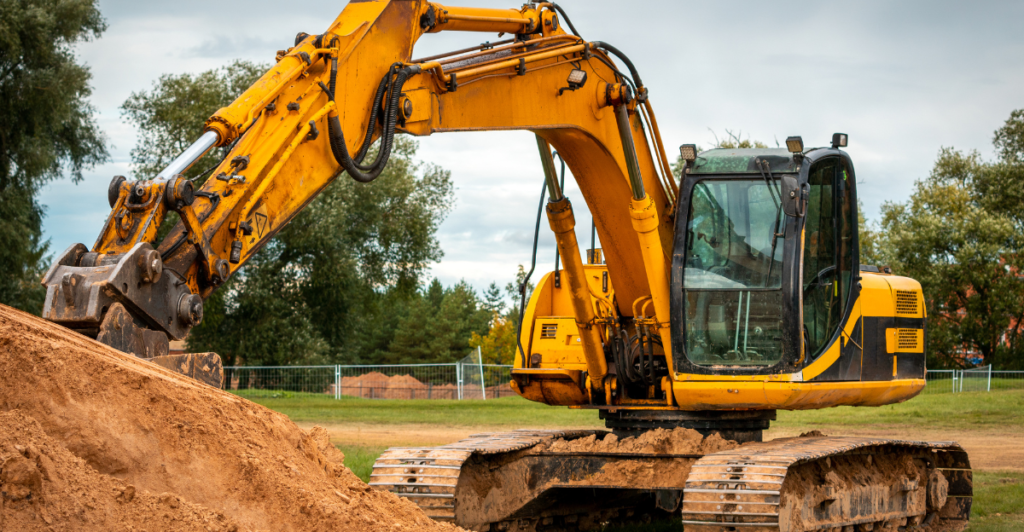
When the Obion River surged in April, Tucker and Justin Humphrey didn’t wait for government aid—they took action. Using their excavator, they fortified the family’s custom-built levee system, a series of nine-foot-high earthen walls that turned their property into a fortress.
This system, painstakingly developed over the years and refined through repeated floods, performed flawlessly. As surrounding homes flooded and over 100 people in the neighborhood needed rescuing, aerial footage by Randy Moore on April 8 showed the Humphrey home completely untouched.
“We’re doing what’s necessary to protect our home,” Tucker, 32, said simply. This act of rural resilience not only defied the water but also national expectations of what it takes to survive extreme weather. Their methods reveal how lived experience and proactive planning can outperform even the most expensive engineering systems.
Breaking Down the DIY Levee Construction Process
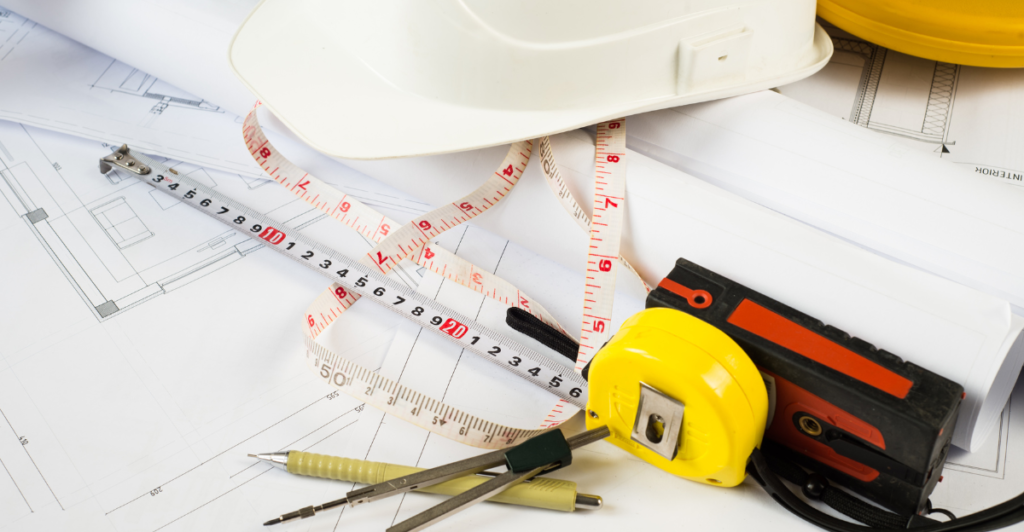
The Humphrey family’s levee wasn’t some haphazard pile of dirt—it was a deliberate, calculated structure built using civil engineering principles adapted to their needs. They used excavated soil, carefully compacted and graded to resist water seepage and collapse. These barriers—some as high as nine feet—encircled the home like a moat wall.
The family didn’t rely on temporary fixes like sandbags; instead, they constructed semi-permanent embankments that were maintained and improved between floods. As the Obion River rose nearly nine feet in a few hours, the brothers worked nonstop to reinforce key sections. The result: a zero-failure system that withstood historic water levels.
Their process mimics ancient floodplain strategies used for millennia—proof that well-applied local knowledge and muscle can rival modern hydrological defenses when executed with precision and commitment.
A Father’s Legacy: Knowledge Transfer Across Generations

Long before the Humphrey brothers operated excavators, they were learning from their father—observing, absorbing, and eventually replicating his flood-fighting tactics. Their approach was not taught in classrooms or engineered by consultants but passed down like an heirloom seed: knowledge preserved through lived experience.
“He’d enjoy seeing that… He’d know we were paying attention when we were kids,” Tucker reflected on their father’s influence. This intergenerational transfer stands in stark contrast to top-down infrastructure projects often designed with minimal community input.
The public response, including thousands of comments praising their ingenuity, reflects a broader cultural belief: that local, legacy-driven problem-solving deserves more respect in an era of sprawling bureaucracy. This success story isn’t just about levees—it’s about the enduring value of ancestral wisdom, especially in times of crisis.
How Bad Were the 2025 Tennessee Floods?
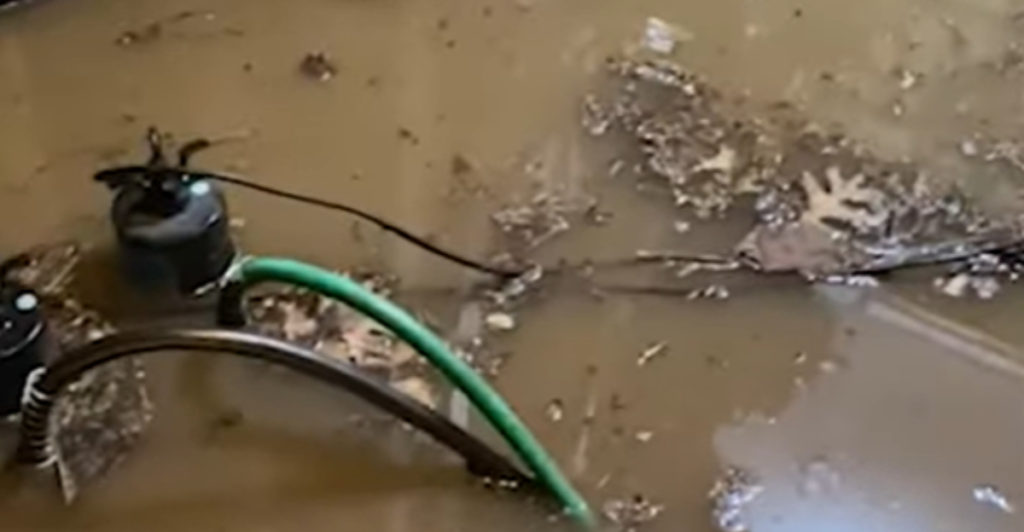
The 2025 Tennessee floods were among the worst in the region’s modern history. Memphis saw an astonishing 14 inches of rainfall over five days. Rivers across Tennessee, Kentucky, and Arkansas swelled past danger points, killing at least 29 people across seven states and displacing thousands.
In Dyer County alone, over 100 people had to be rescued from rooftops or second stories as floodwaters engulfed entire communities. The Obion River, running alongside Bogota, rose rapidly, testing every embankment and levee.
In a sea of failure, the Humphreys’ success was not just an outlier—it was a beacon of what’s possible when preparation meets precision. Their story gained national attention precisely because it contrasted so sharply with the devastation surrounding them. While the government scrambled to respond, their home stood dry and defiant.
Why Tennessee’s $68 Billion Infrastructure Plan Falls Short
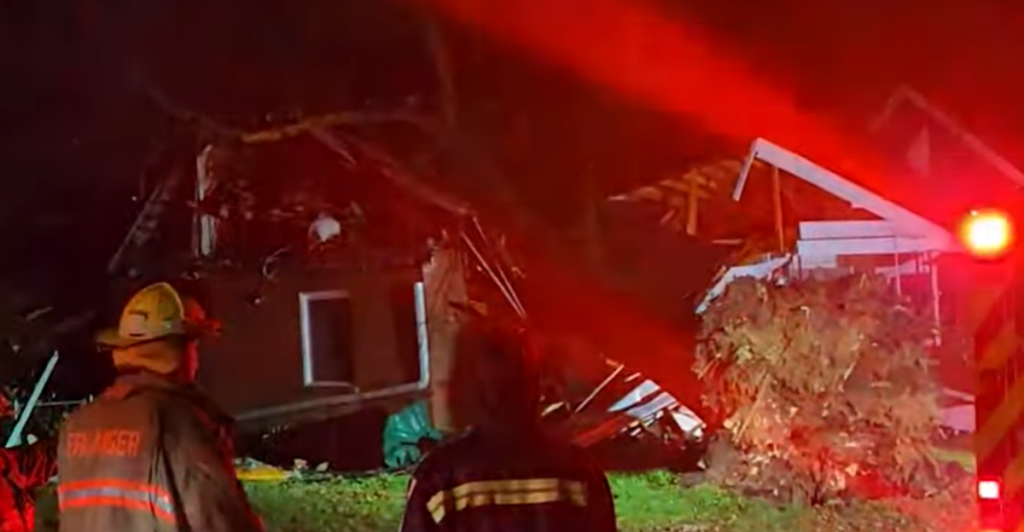
Despite years of increasing flood risks, Tennessee’s infrastructure remains alarmingly underprepared. The state faces at least $68 billion in infrastructure needs between 2022 and 2027—a $5 billion increase from the previous cycle. Of that, over $1 billion is allocated to water and wastewater improvements, but much remains unfunded.
In 2023, Tennessee announced nearly $300 million in grants for water infrastructure, a drop in the bucket compared to the scale of need. Governor Bill Lee’s 2025 proposal included $1 billion for road improvements alone, acknowledging that the state is “$30 billion behind on known projects.”
Yet even with billions spent, localized flooding continues to wreak havoc. The Humphrey case exposes a painful truth: top-down spending doesn’t always trickle down to the frontlines. Sometimes, individual action can close the gap faster than public funding.
Are America’s Levees Ready for the Next Big Flood?
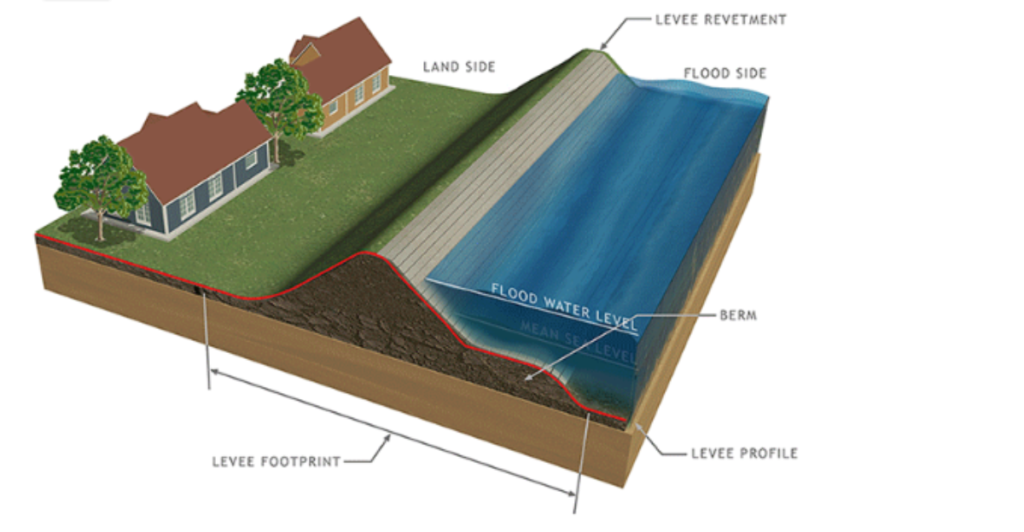
The United States has over 25,000 miles of levees protecting $2 trillion in property and 23 million people, but many are dangerously outdated. According to the U.S. Army Corps of Engineers, the average levee system is over 60 years old, and many lack consistent oversight or funding for maintenance.
In fact, the 2019 projection for maintaining the New Orleans levee system was $3.2 billion over 50 years, just to keep pace with sea-level rise and subsidence. Smaller towns and rural areas often fare worse, as local authorities grapple with unclear jurisdiction and limited budgets.
Without upgrades, these defenses may fail in future climate events. The Humphrey family’s effort suggests that proactive individual systems—when informed and executed with skill—may be necessary in places the government can’t protect quickly or thoroughly.
DIY vs. Government: What’s More Cost-Effective?
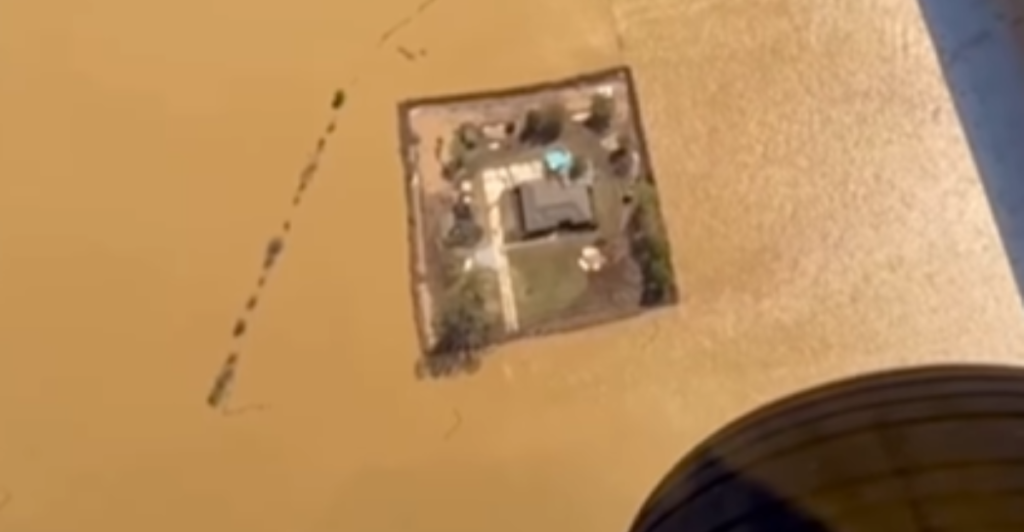
The economics of flood protection are stark. The Humphreys built their levee with sweat equity, machinery they owned, and zero government assistance. In contrast, a single federal levee project can cost millions, sometimes billions.
The U.S. Army Corps of Engineers’ projects routinely involve exhaustive permitting, environmental assessments, and years of planning. One small levee repair project in Williamsport, PA, received an $8 million earmark in 2024. While public projects must protect entire populations, they can be slow, politically fraught, and not tailored to individual terrain.
Meanwhile, the Humphreys’ system protected what no public project could: their exact home, at the exact time it mattered most. As climate risk grows and budgets tighten, the gap between federal solutions and individual capability will only widen, raising tough questions about responsibility, cost, and preparedness.
Should We Trust Locals More in Disaster Planning?
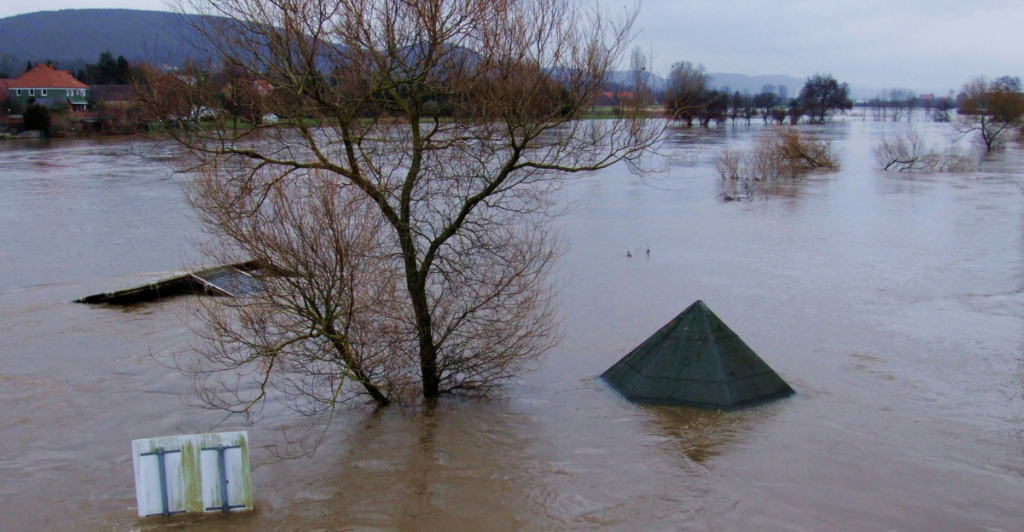
Centralized infrastructure planning has long prioritized scale and standardization, but that often comes at the cost of adaptability. The Humphrey family’s levee reflects a rare but powerful truth: people who live on the land often know it better than any outside engineer.
While the government must plan for populations, individual landowners can act quickly, precisely, and intimately with knowledge of micro-conditions like soil composition or flood direction. As of 2023, nearly 50% of Americans live in counties with at least one levee system, meaning tens of millions may face similar risks.
Governments could turn thousands of potential victims into frontline defenders by empowering locals with technical training, resources, or incentives. The future of disaster resilience might lie not in choosing between government or individual response but in bridging the two with smart policy and respect for local intelligence.
Conclusion: What the Humphreys Levee Teaches America

The Humphrey family’s triumph isn’t just a viral moment—it’s a blueprint. Their success challenges the belief that only billion-dollar systems can offer reliable protection. It also reframes resilience not as a product of bureaucracy, but of human will, inherited wisdom, and strategic action.
As weather extremes intensify and budgets stretch thin, the U.S. must rethink how it invests in flood protection. Why not scale localized approaches, empower citizens, and learn from the country’s best-case anomalies? Policymakers should see the Humphreys levee not as an exception, but as a model.
In a future marked by climate volatility, resilient communities may not be built by mandates alone, but by the steady hands of those who know their land, their risks, and their legacy. If one family can hold back a river, what could thousands do?
Explore more of our trending stories and hit Follow to keep them coming to your feed!

Don’t miss out on more stories like this! Hit the Follow button at the top of this article to stay updated with the latest news. Share your thoughts in the comments—we’d love to hear from you!







